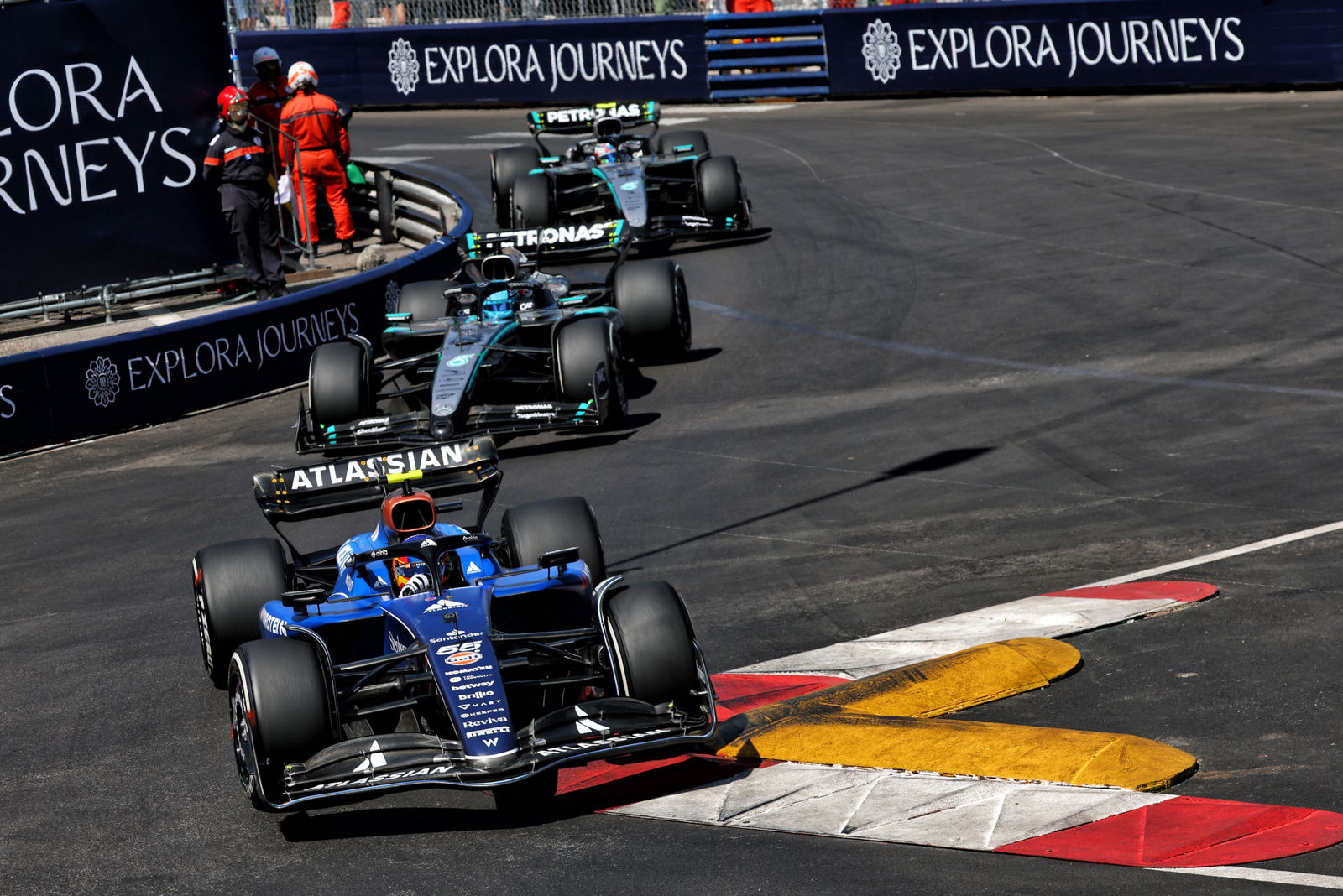Monaco GP Pit Stop Rule Sparks Debate: Did It Hurt F1's Reputation?

The Monaco Grand Prix, a jewel in Formula 1’s crown, is known for its glamour, tight corners, and often… predictable racing. This year, in a bid to shake things up and inject some much-needed excitement into the notoriously processional Monte Carlo street circuit, Formula 1 introduced a new rule: drivers were mandated to make at least two pit stops during the 78-lap race. But did this intervention achieve its goal, or did it backfire, leaving fans feeling frustrated and questioning the integrity of the sport?
The intention was clear. The Monaco track’s unique layout – narrow, twisty, and demanding – often leads to a lack of overtaking opportunities. Previous races have been criticised for being strategic processions, with little on-track action. The two-stop rule aimed to force more strategic variation, create more tyre degradation battles, and ultimately, provide more overtaking and drama for the viewers.
However, the reality of Sunday's race didn’t quite match the expectations. Instead of a thrilling spectacle, many fans and pundits described the race as a frustrating mix of slow driving, confusing team orders, and a general lack of genuine competition. The enforced pit stops, rather than fostering excitement, seemed to create artificiality and predictability. Drivers were essentially managing their tyres to meet the requirement, rather than pushing for overtakes or engaging in genuine racing battles.
The controversy wasn't just about the racing itself. Team radio communications revealed instances of drivers being instructed to slow down to manage tyre wear, ensuring they met the two-stop requirement. This sparked accusations of manipulation and raised questions about the sport’s commitment to fair and exciting racing. Fans took to social media to voice their disappointment, with many questioning whether the rule change had damaged the sport’s reputation.
“It felt like we were just ticking boxes,” commented one driver after the race, reflecting a sentiment shared by many. “The two-stop rule forced us into a strategy that wasn’t necessarily the most competitive. It took away some of the natural racing instinct.”
The debate now centres on whether this experimental rule should be retained for future races. While the desire to improve the Monaco Grand Prix is understandable, the execution of this particular solution has been widely criticised. Many believe that alternative solutions, such as track modifications or adjustments to qualifying formats, would be more effective in promoting exciting racing without compromising the sport’s integrity.
Formula 1’s management faces a crucial decision. Do they stick with a rule that has clearly failed to deliver the desired outcome, or do they acknowledge the criticism and explore alternative ways to enhance the Monaco Grand Prix experience? The future of this iconic race, and potentially the sport’s reputation, may depend on it.
The incident has reignited the wider discussion within F1 about the balance between regulation and entertainment. While rules are necessary to ensure safety and fairness, they shouldn’t stifle the natural drama and excitement that makes the sport so compelling. Finding that balance will be key to ensuring the long-term health and popularity of Formula 1.




